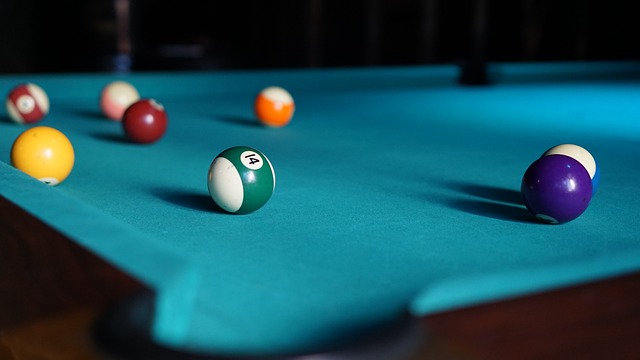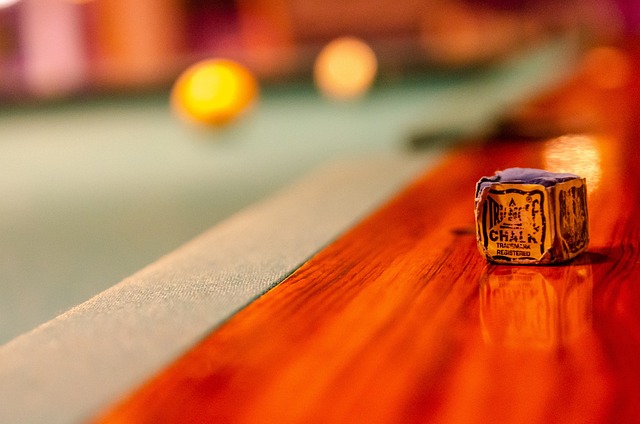The lifespan of a pool table is influenced by construction quality, environmental factors, and maintenance. High-end tables with superior craftsmanship last longer but are susceptible to damage from extreme conditions. Disassembling and storing a pool table costs between $150 and $300, while regular refacing and refinishing, averaging $500-$1500, extend its lifespan alongside proper care like covering and avoiding humidity. Understanding these aspects ensures your pool table remains in top condition for years to come.
“Curious about the lifespan of your beloved pool table? Understanding its useful life is essential for any enthusiast. This article explores the factors that dictate how long your table will remain in top form, including material quality and maintenance practices. We delve into the costs associated with disassembling and storing your table, a process often necessary to extend its lifetime. Additionally, discover practical tips to maintain and enhance the longevity of your pool table, ensuring it remains the centerpiece of your gaming space for years to come.”
- Factors Affecting Pool Table Lifespan
- The Cost of Disassembly and Storage
- Extending the Useful Life of Your Pool Table
Factors Affecting Pool Table Lifespan

The useful life of a pool table is influenced by several factors that contribute to its longevity or accelerated deterioration. One of the primary considerations is the quality of construction and materials used during manufacturing. High-end tables, built with robust wood frameworks, precision-crafted slate tops, and high-grade felt, tend to have longer lifespans compared to budget options. These tables are designed to withstand heavier use and maintain their structural integrity over time.
Another significant factor is the environment in which the pool table is situated. Exposure to extreme temperatures, humidity, or direct sunlight can cause wood to crack, warp, or shrink, compromising the table’s stability. Moreover, regular maintenance plays a crucial role; proper cleaning, protection from spills and stains, and periodic re-leveling help extend the table’s lifespan. Conversely, neglect, frequent moving, or exposure to harsh conditions can significantly reduce its useful life, with some tables needing replacement after only 5-10 years due to these factors, potentially incurring additional costs for pool table disassembly and reassembly.
The Cost of Disassembly and Storage

Disassembling and storing a pool table isn’t as straightforward as one might think. The cost involved can vary greatly depending on several factors, including the table’s size, make, and model. On average, expect to pay between $150 and $300 for this service alone. Smaller tables or those with simpler designs will typically have lower disassembly fees, while larger, more intricate models could cost significantly more.
The process itself requires skilled technicians who understand the delicate nature of pool table components. They’ll carefully take apart the table, wrap each piece individually, and secure it for safe storage. This meticulous approach ensures that your table remains in good condition until you’re ready to have it reassembled and returned to its playing glory.
Extending the Useful Life of Your Pool Table

Extending the useful life of your pool table involves regular care and maintenance. One effective strategy is to have it professionally refaced and refinished periodically, which can restore its appearance and playability. This process typically includes stripping down the table, repairing or replacing damaged parts, sanding and preparing the surface, and then applying new finishes.
The cost of having a pool table taken apart and refaced varies depending on several factors, such as the table’s size, condition, and the level of work required. On average, expect to pay between $500 and $1,500 for a standard refacing job. Regular cleaning, protection with a table cover, and avoiding extreme temperature or humidity changes can also significantly contribute to preserving its quality for years to come.
Pool tables, with proper care, can have a useful life spanning several decades. Understanding the factors affecting their lifespan, such as material quality and frequency of play, is crucial. Regular maintenance, including cleaning and minor repairs, can significantly extend their life. If disassembly and storage become necessary, factoring in the cost—which can vary based on table size and complexity—is essential. However, investing in a high-quality table and adhering to care practices will likely yield a longer, more enjoyable experience for both casual and serious pool players alike.
